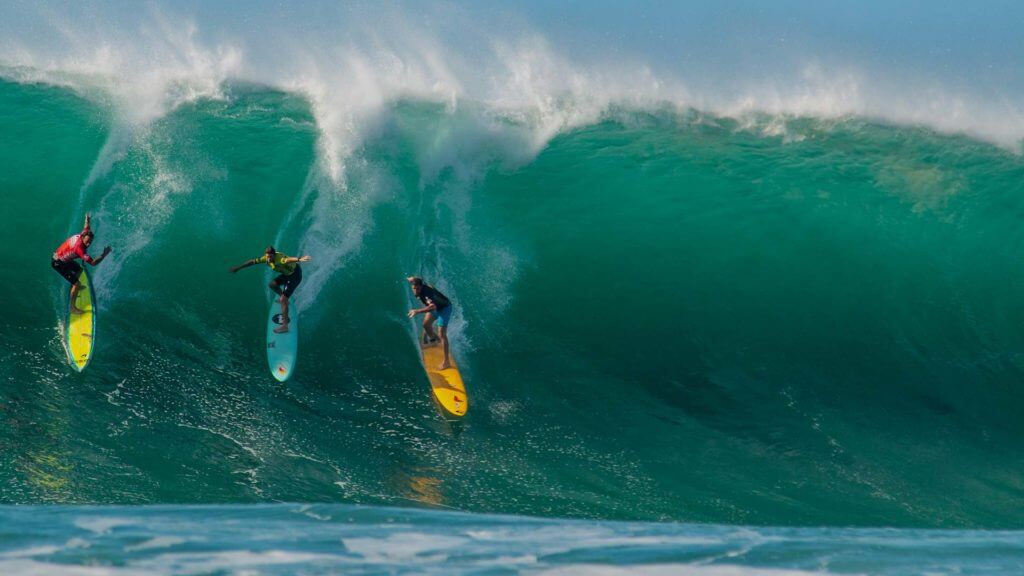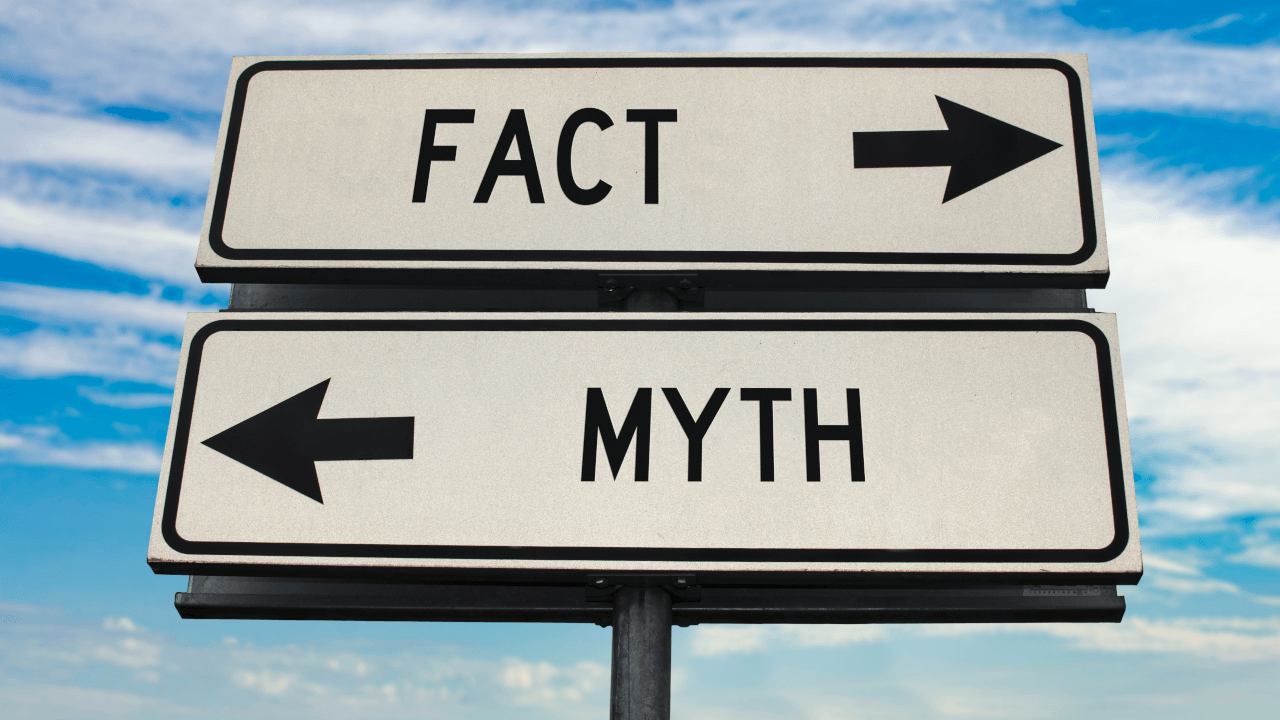
The US hotel industry continues to be a good news/bad news story. The lodging sector has experienced RevPAR growth for 79 consecutive months, and by the end of this year is anticipated to achieve the longest ever recorded streak of positive performance.
For the month of August, a record 110 million hotel room nights were sold, and ADR and RevPAR remain at alltime highs. However, the general consensus amongst market participants is that with demand growth decelerating and supply growth increasing, the national occupancy rate has peaked and the industry’s pricing power is waning.
A weakening in US RevPAR is anticipated in the not too distant future, as already evidenced by declining levels in select major markets including: New York, Miami, and Houston. Luxury, Upper Upscale, Upscale, and Upper Midscale hotels continue to achieve strong occupancy levels, while Midscale and Economy properties operate below national averages.
Group demand growth has decelerated and for the last few quarters has only increased minimally. As the corporate and contract rate negotiation season is now in full swing, the 2017 outlook is for a change in the balance of power from sellers to buyers.
US hotels’ booking and marketing expenses are rapidly outpacing total revenue growth, while recent direct-booking efforts among the largest US hotel companies in order to counteract this appear to be doing little to slow down the ever-present and growing OTAs.
The LW Hospitality Advisors (LWHA) Q3 2016 Major US Hotel Sales Survey includes 44 single asset sale transactions over $10 million, none of which are part of a portfolio. These transactions totaled roughly $2.7 billion, and included approximately 11,400 hotel rooms with an average sale price per room of $240,000.
By comparison, the LWHA Q3 2015 Major US Hotel Sales Survey identified 49 transactions totaling roughly $2.1 billion including 10,300 hotel rooms with an average sale price per room of nearly $204,000. Comparing Q3 2016 with Q3 2015, the number of trades has decreased by 10 percent while total volume has increased by 29 percent, and the average sales price per room has risen by 18 percent.
The pace of transactional activity for the remainder of 2016 is expected to remain static.
Read rest of the article at Hotel Online




